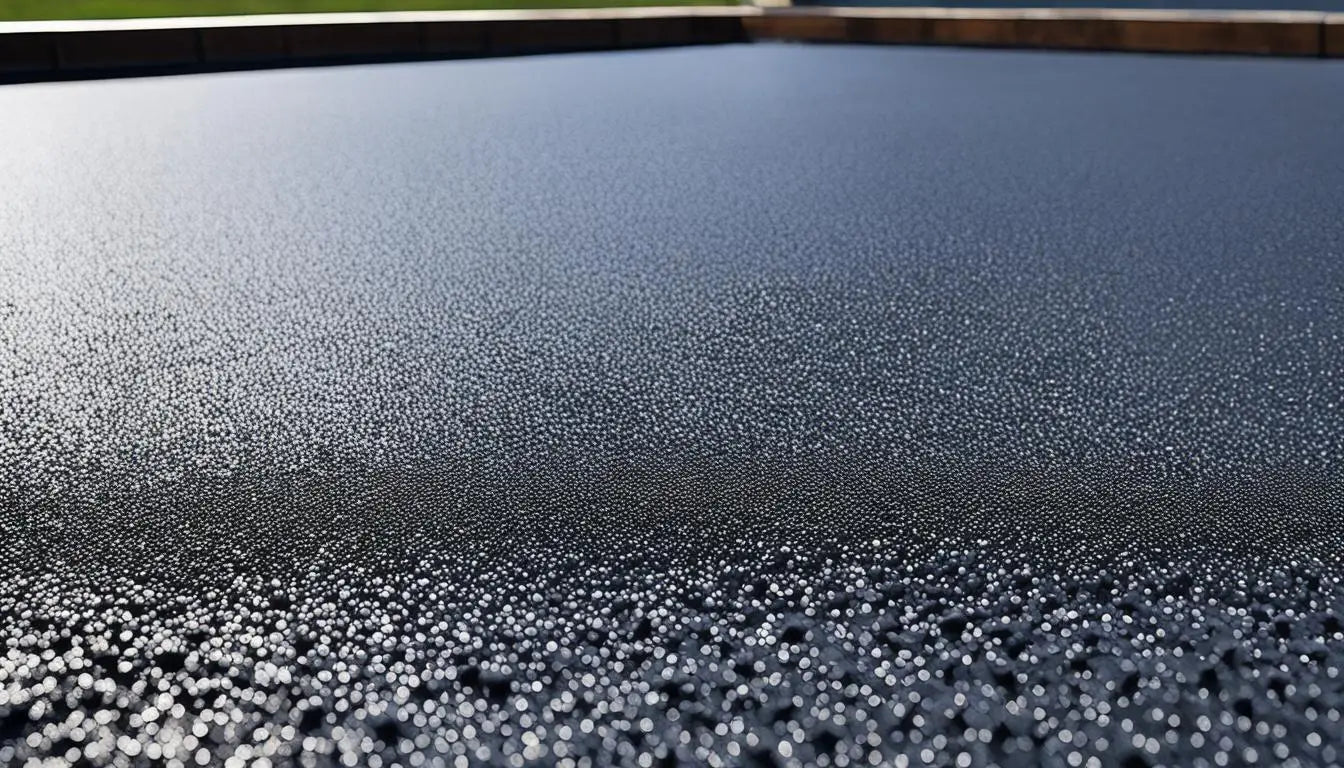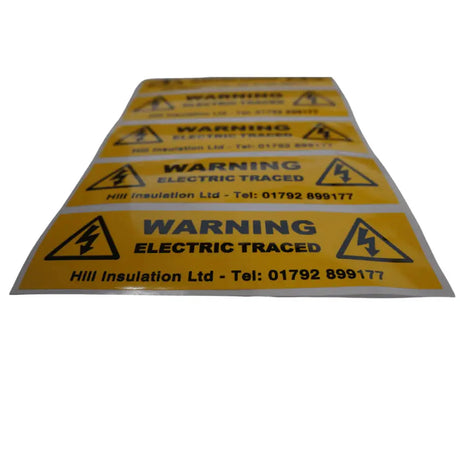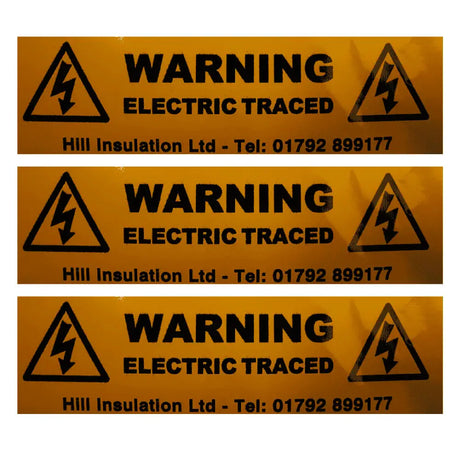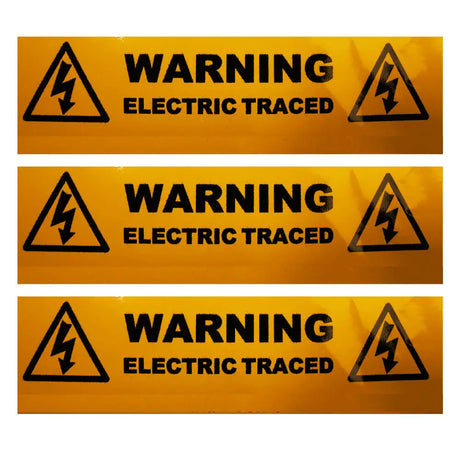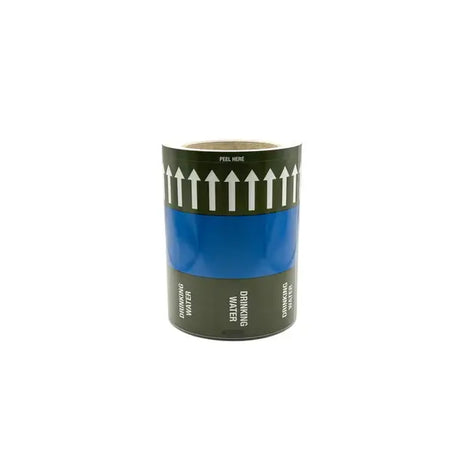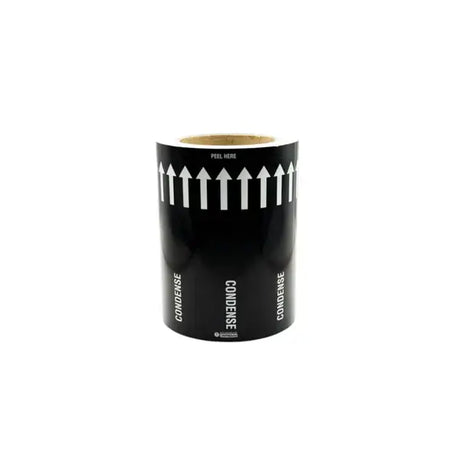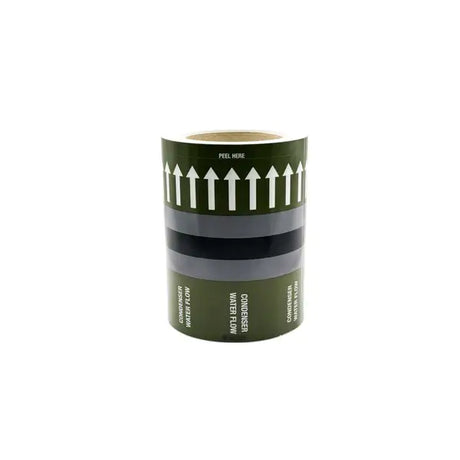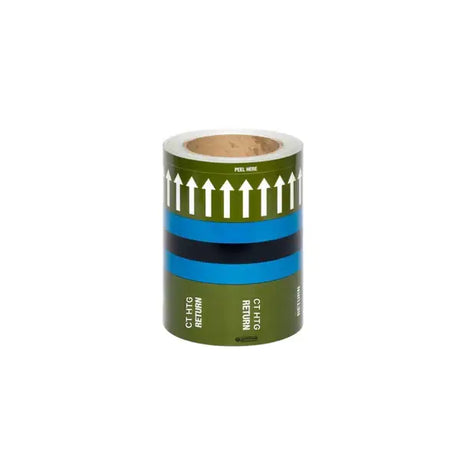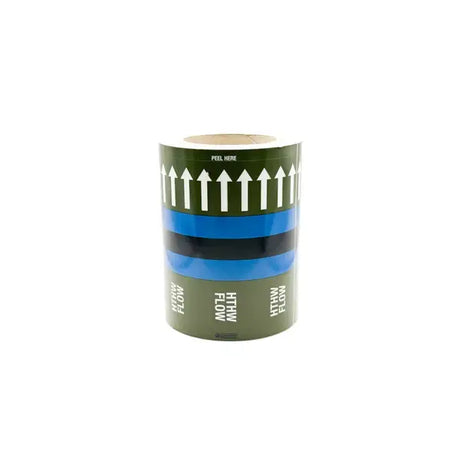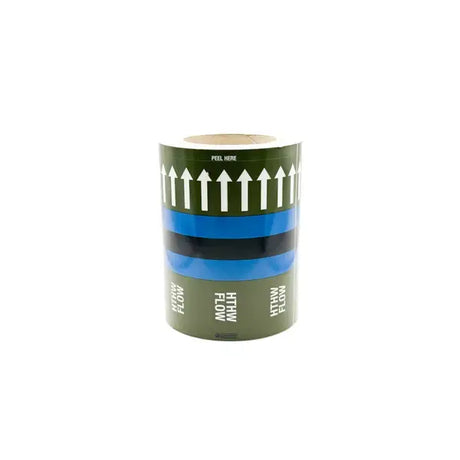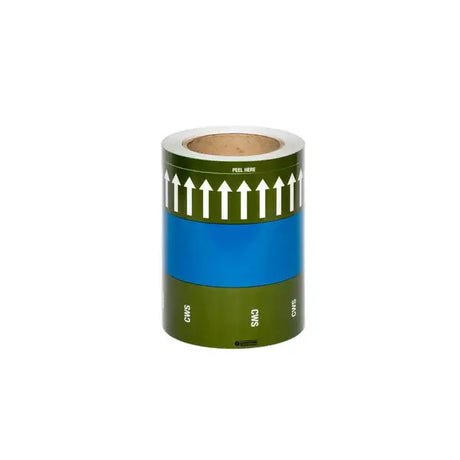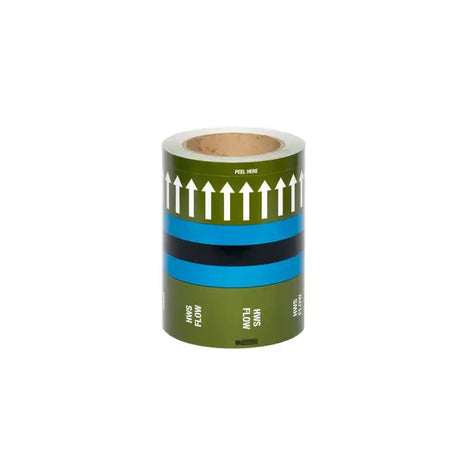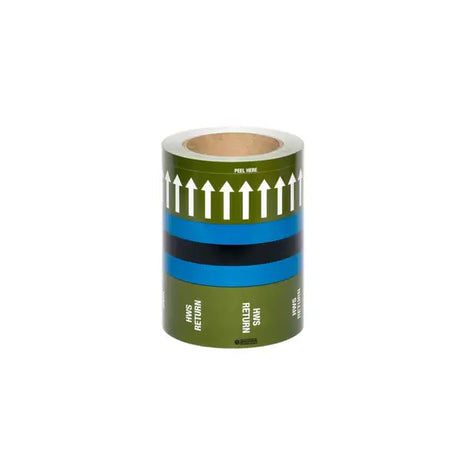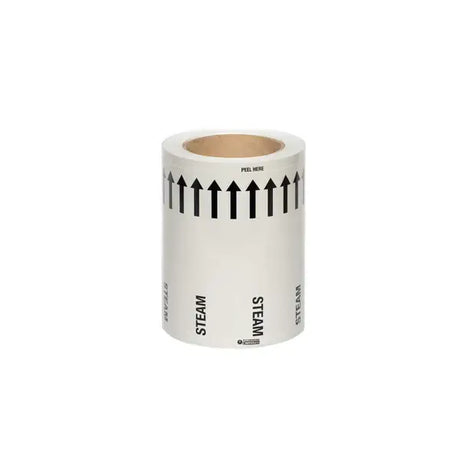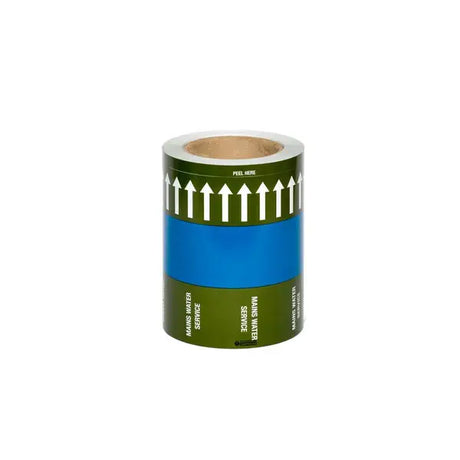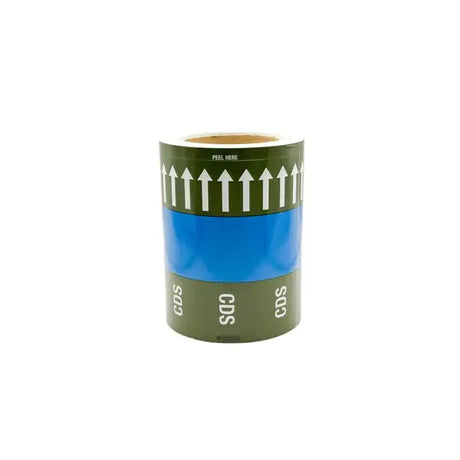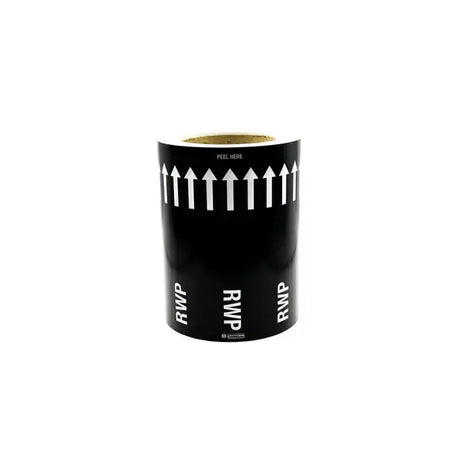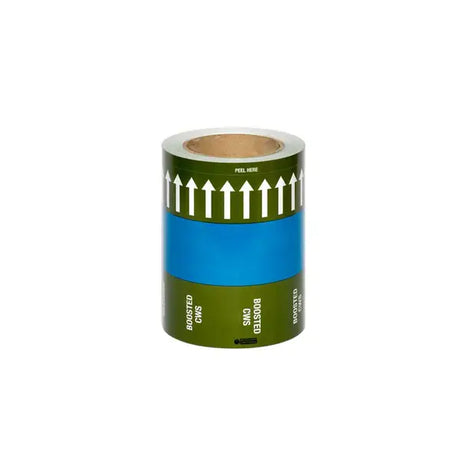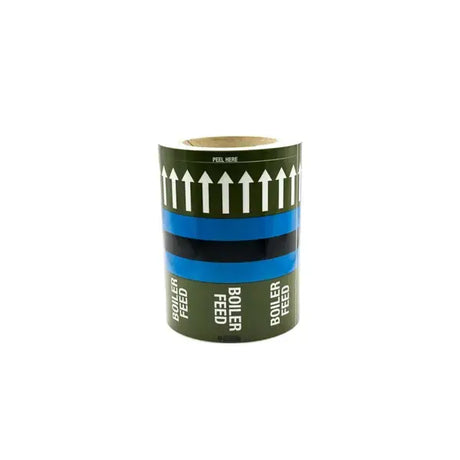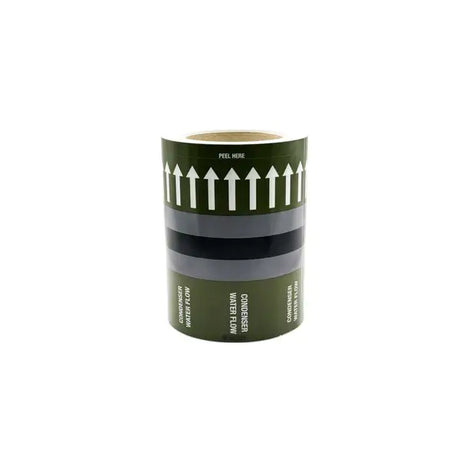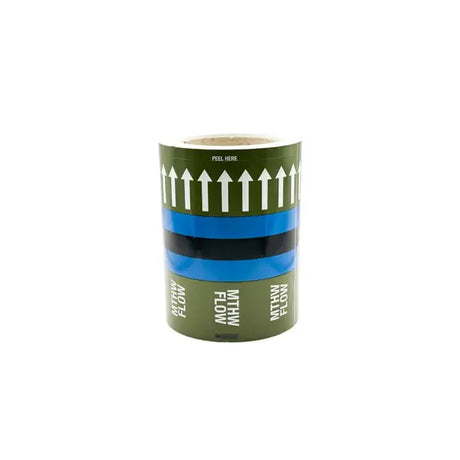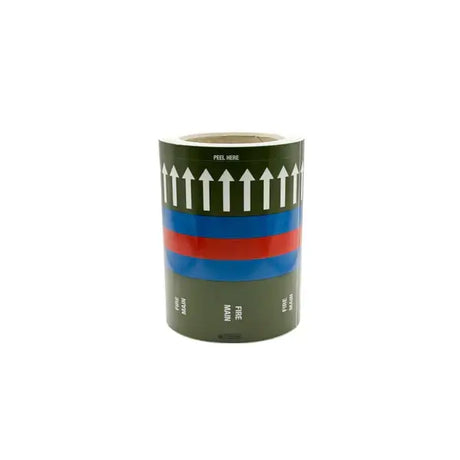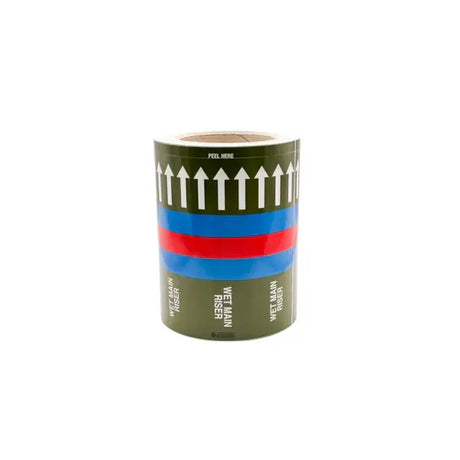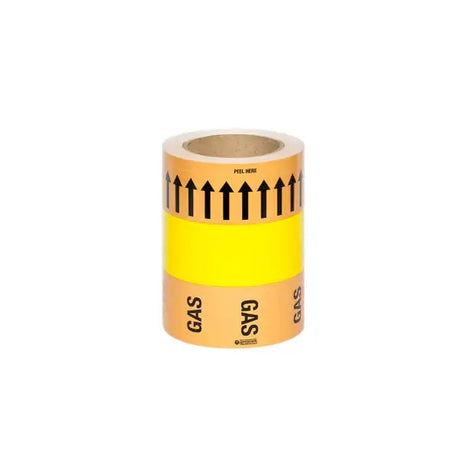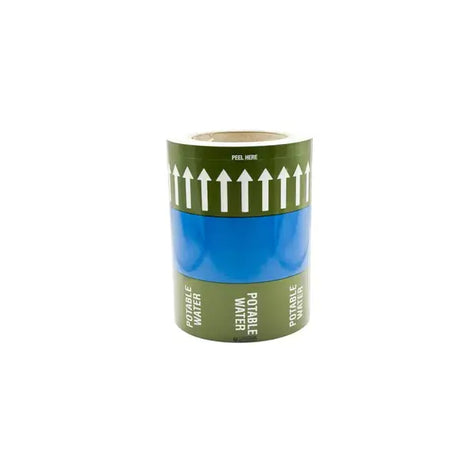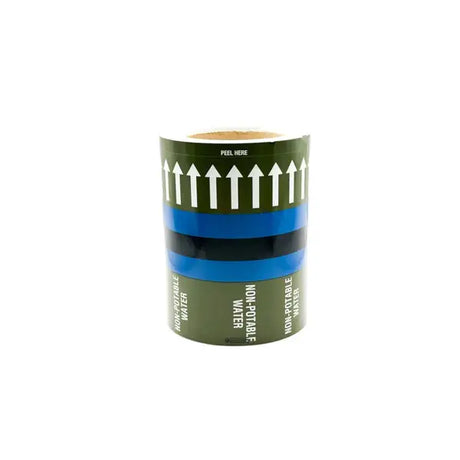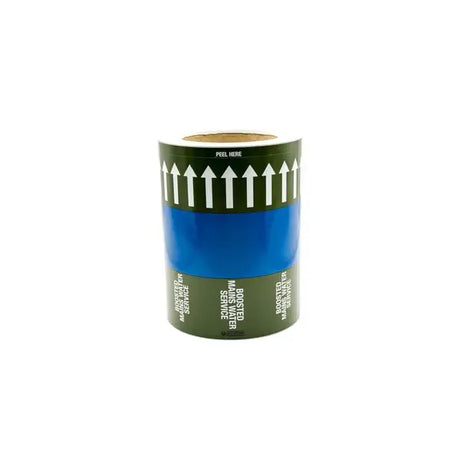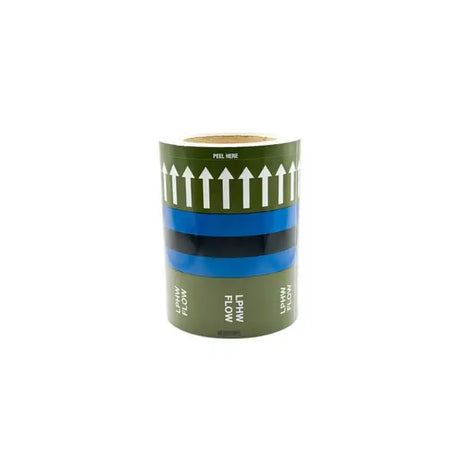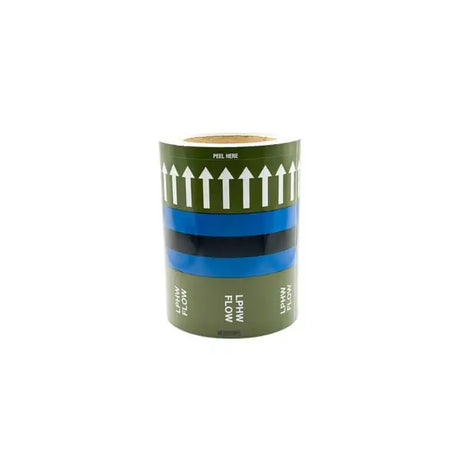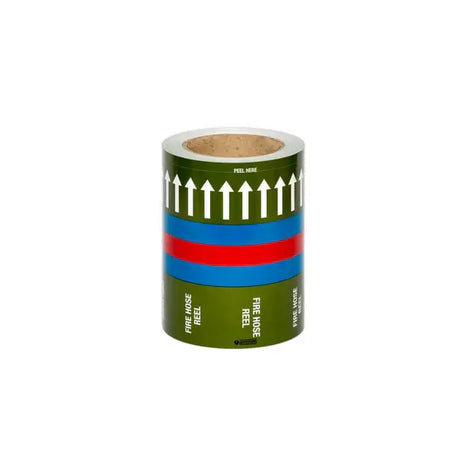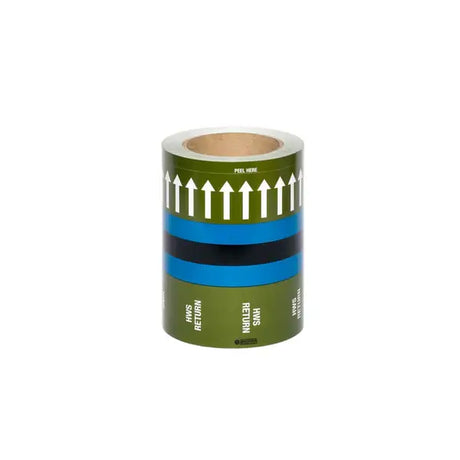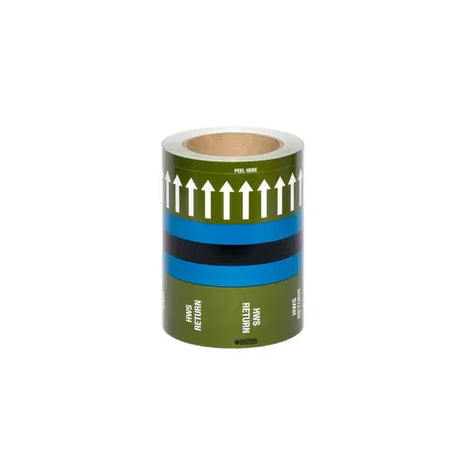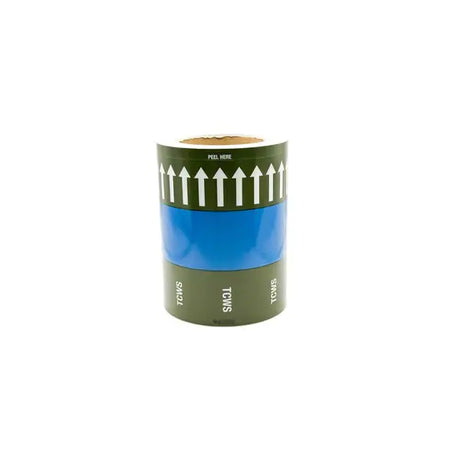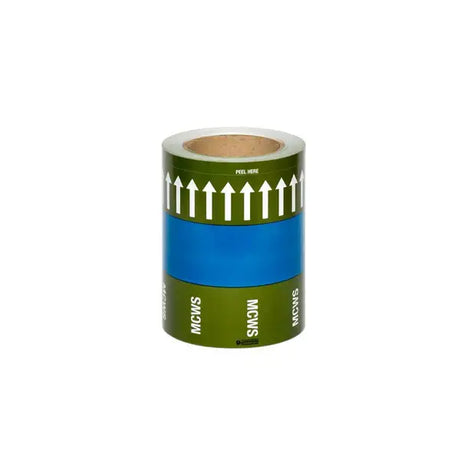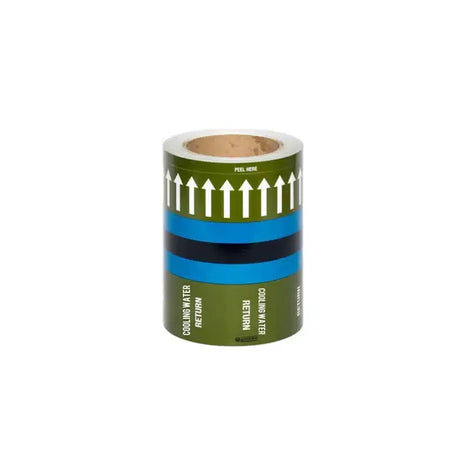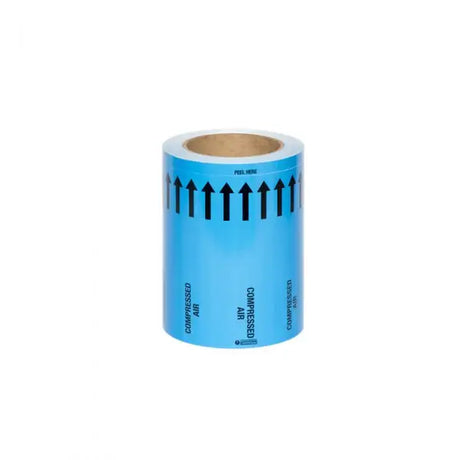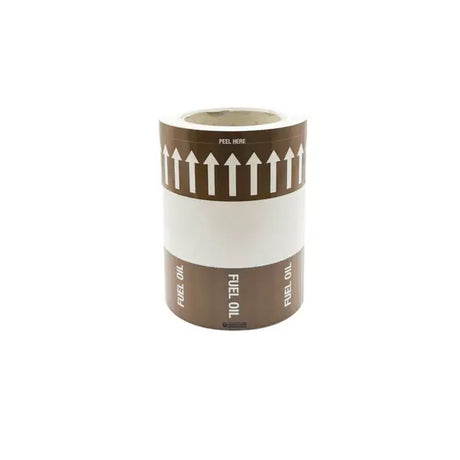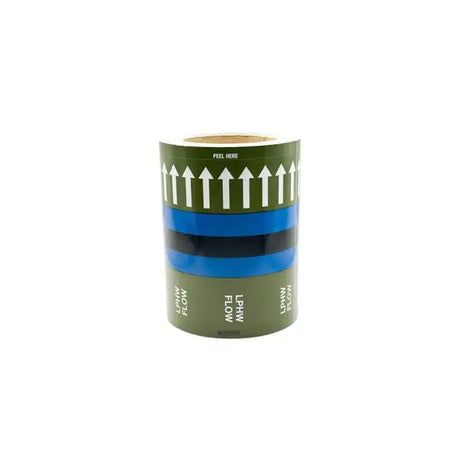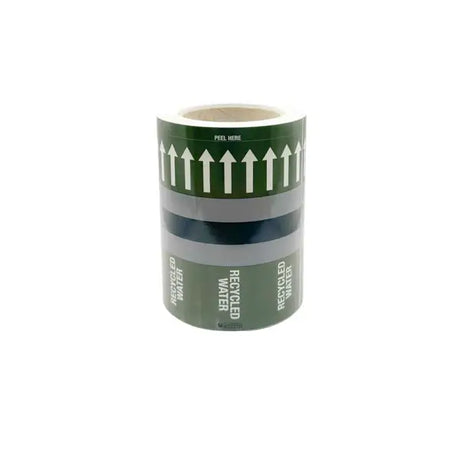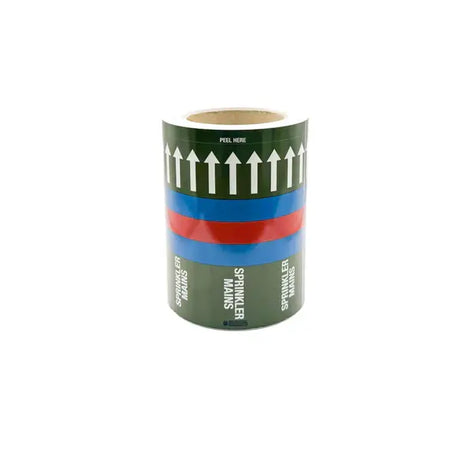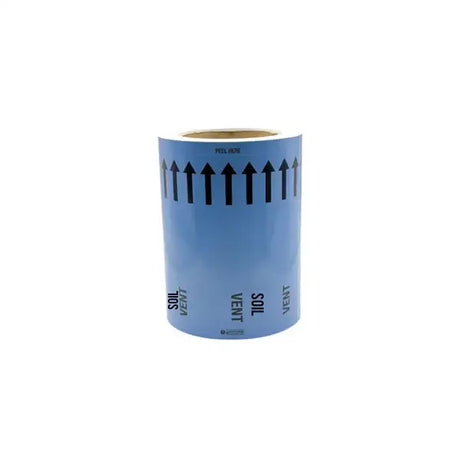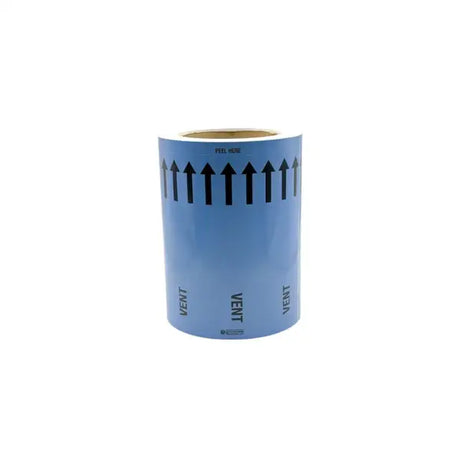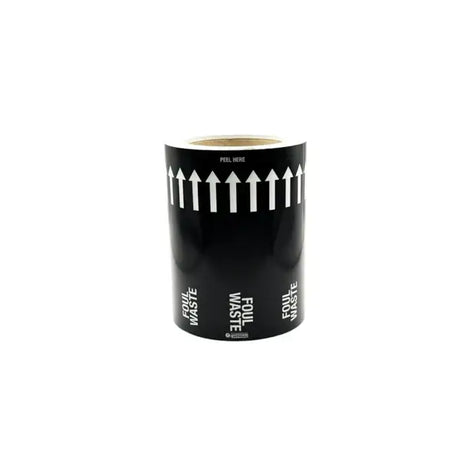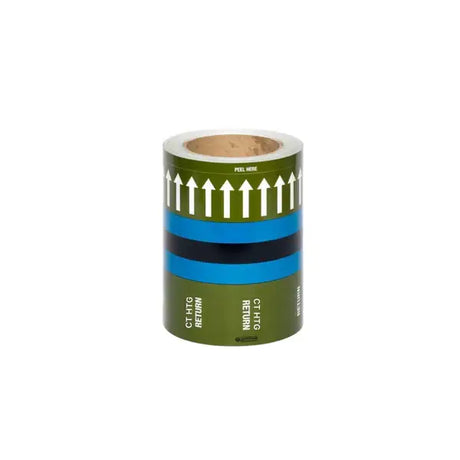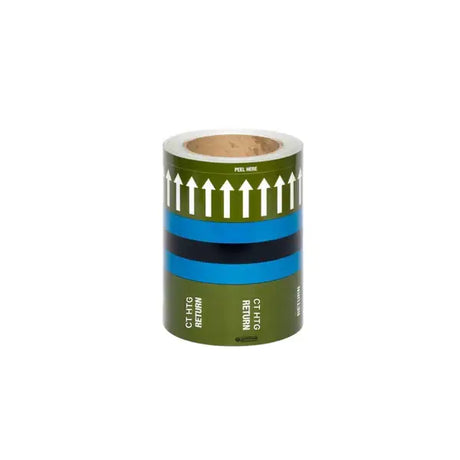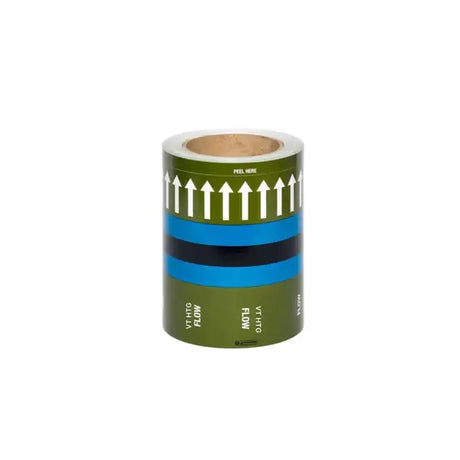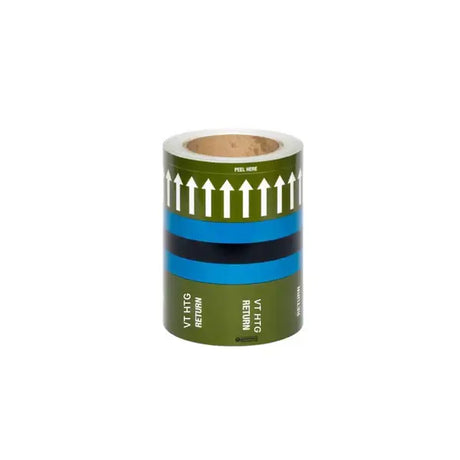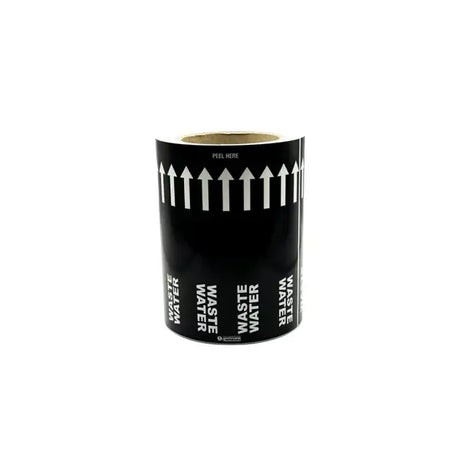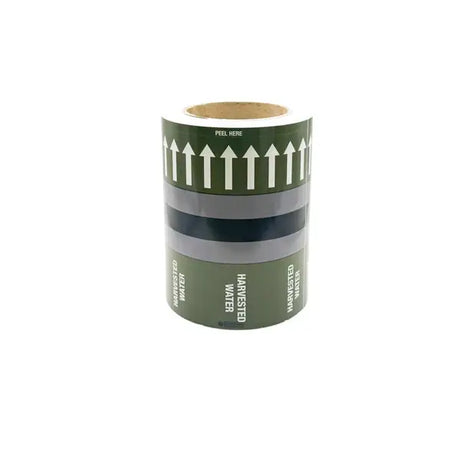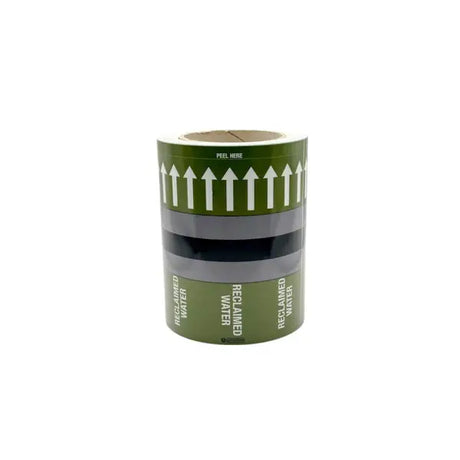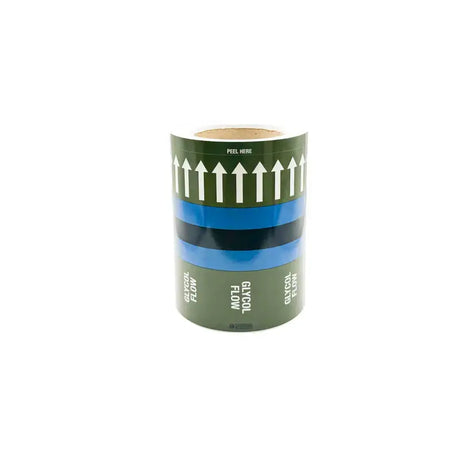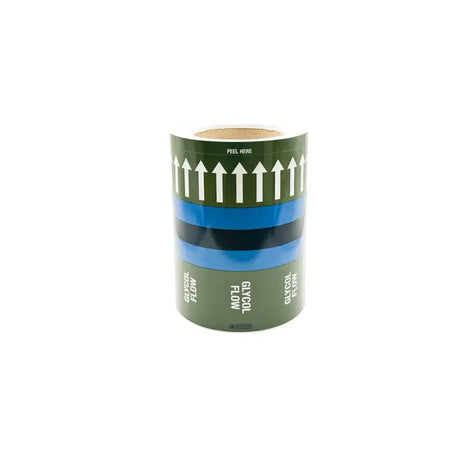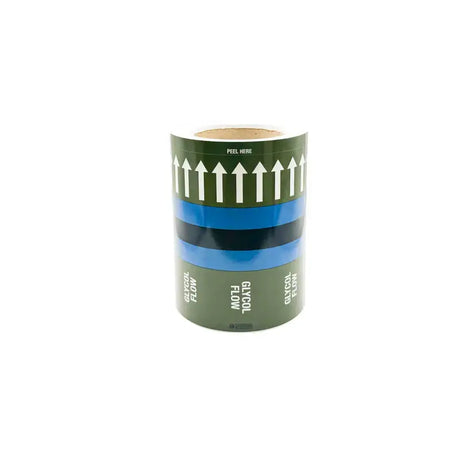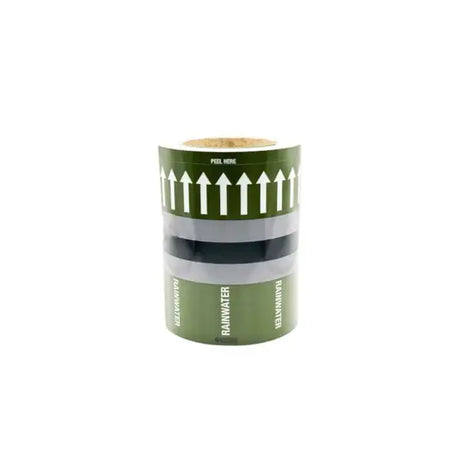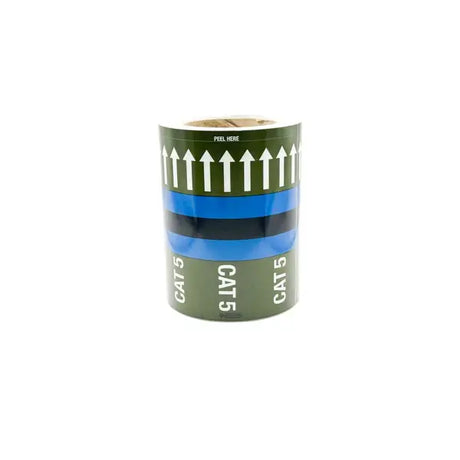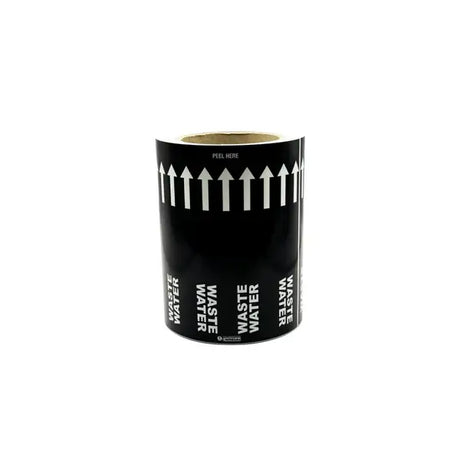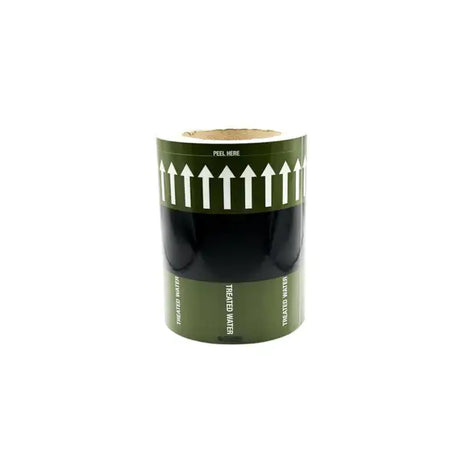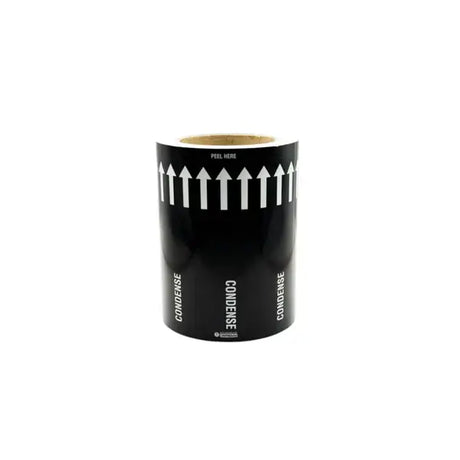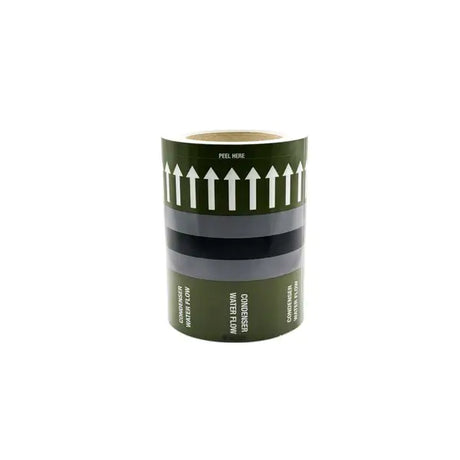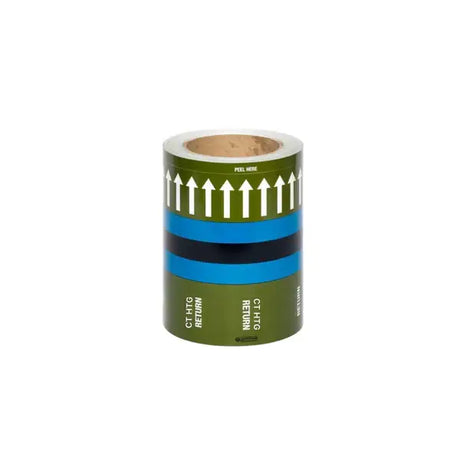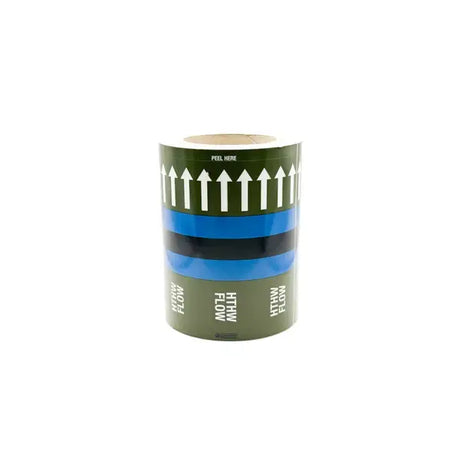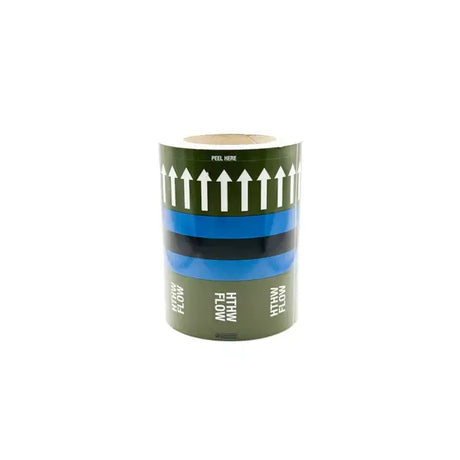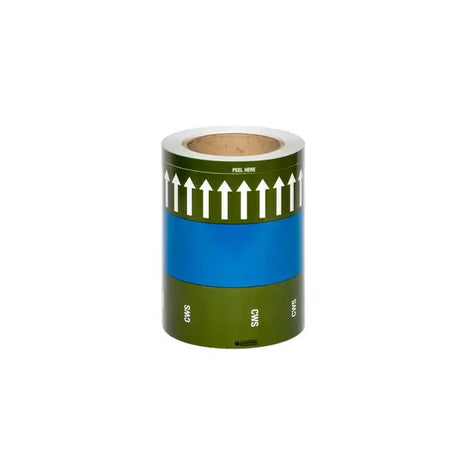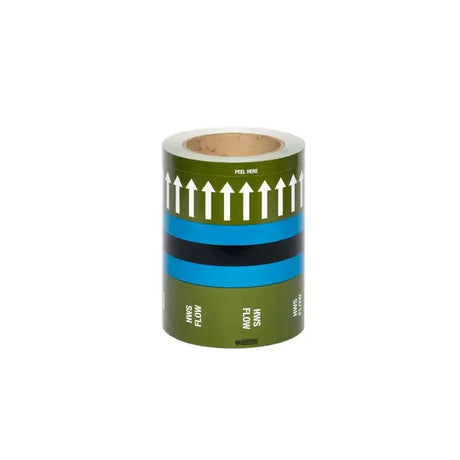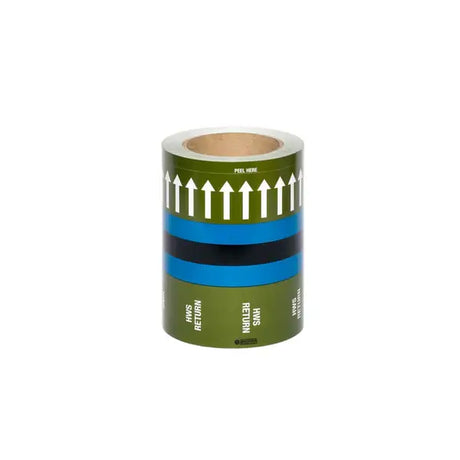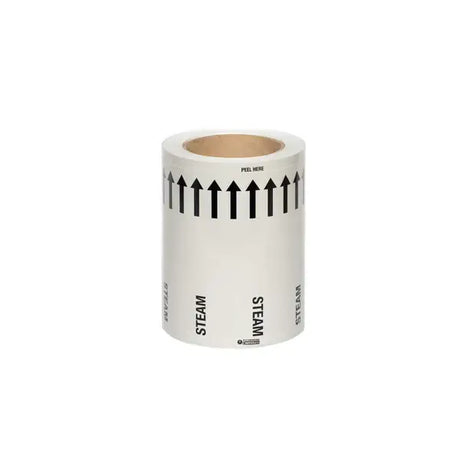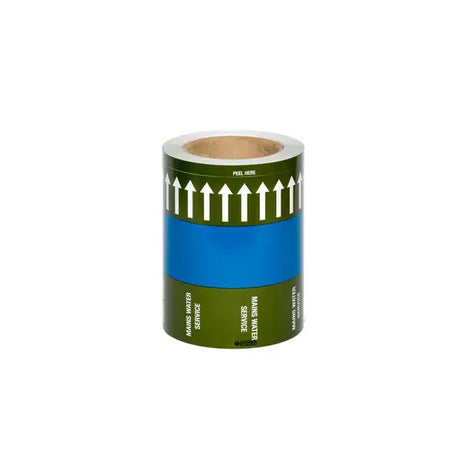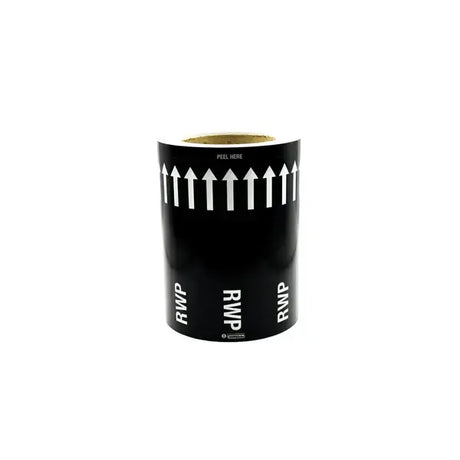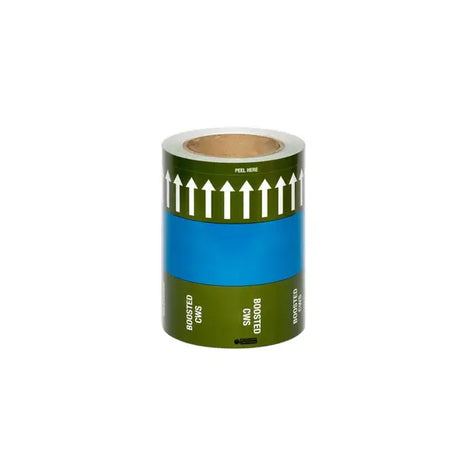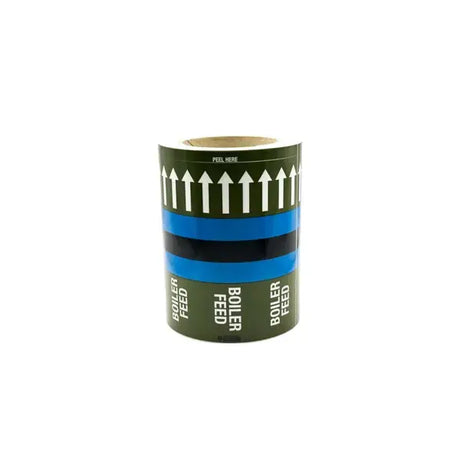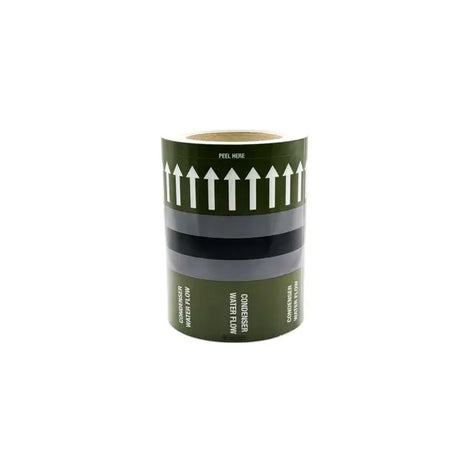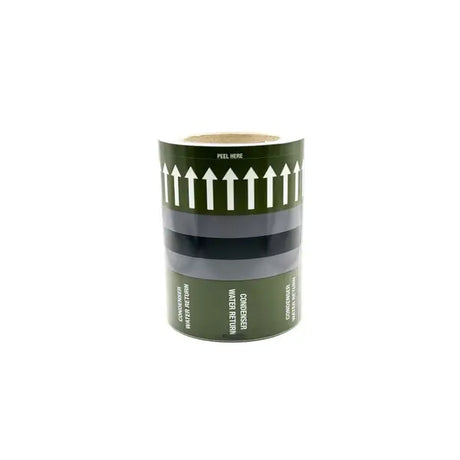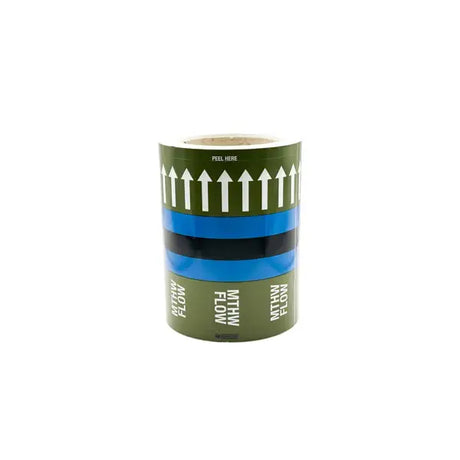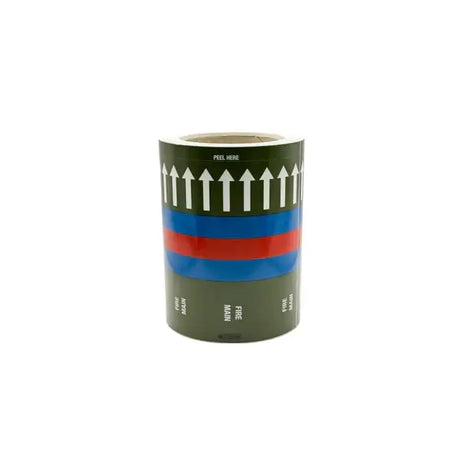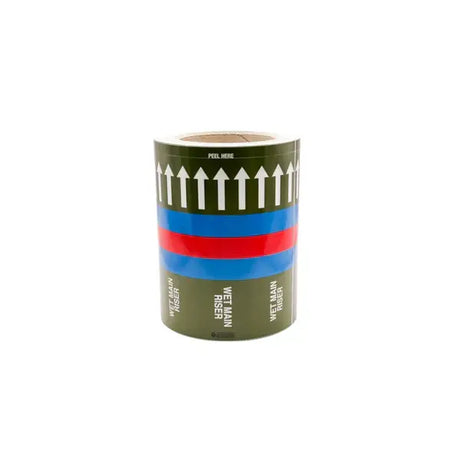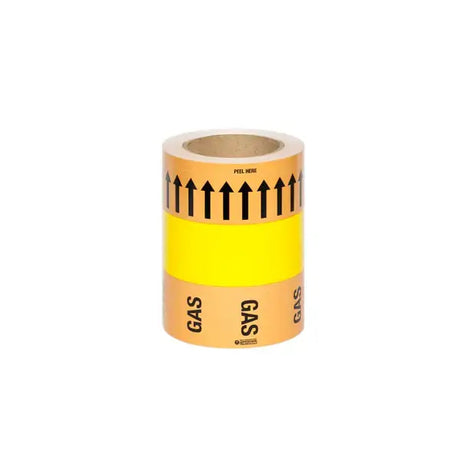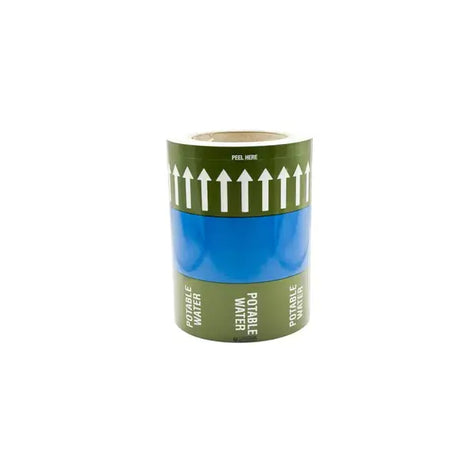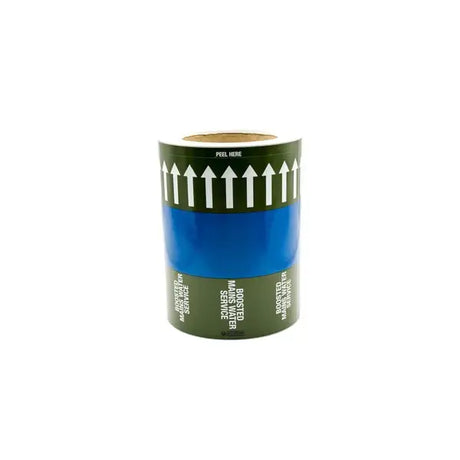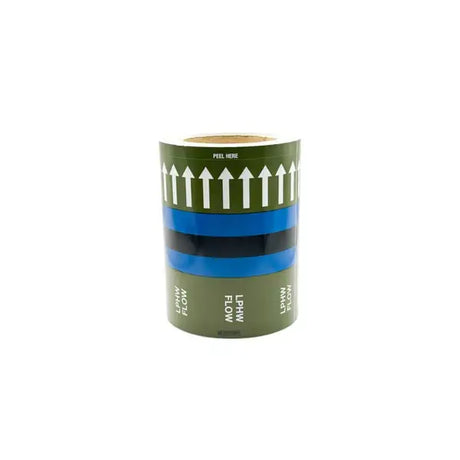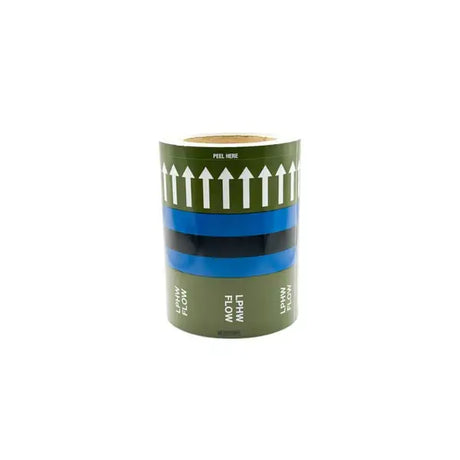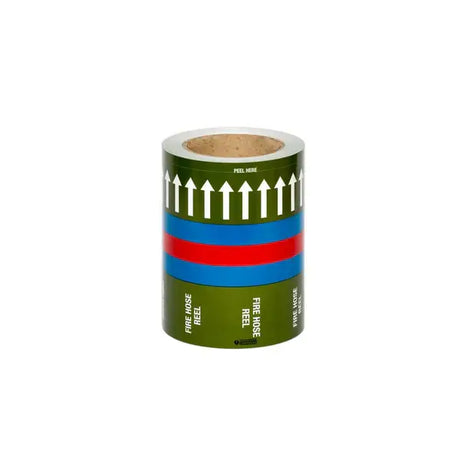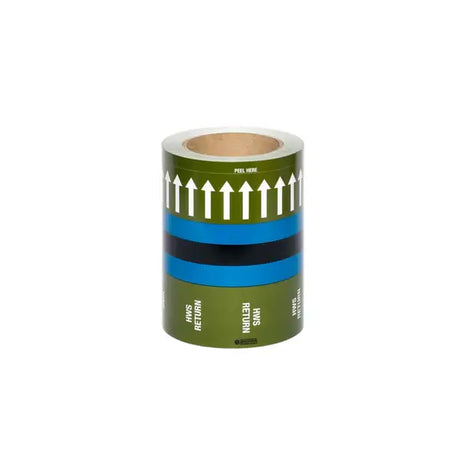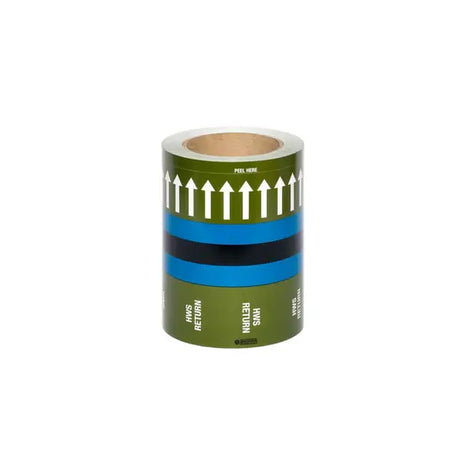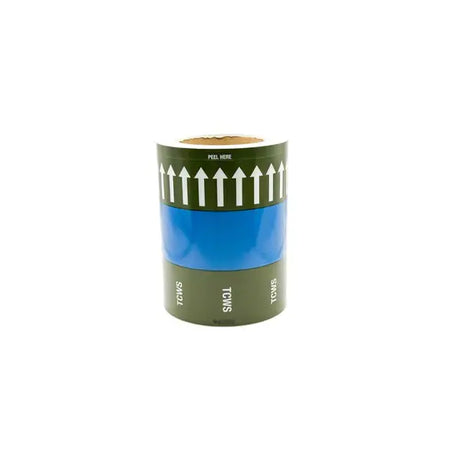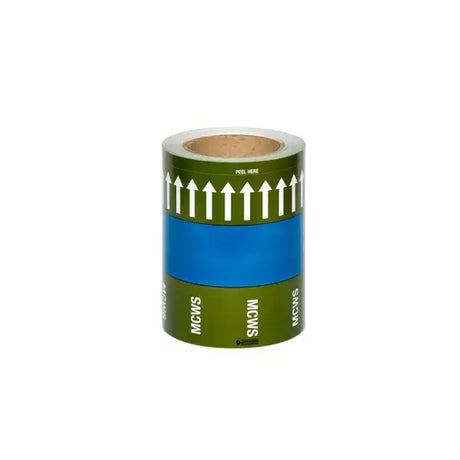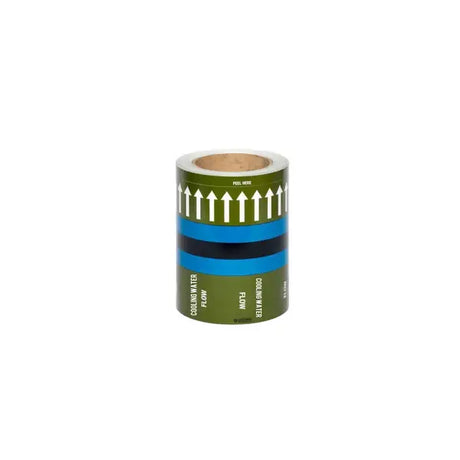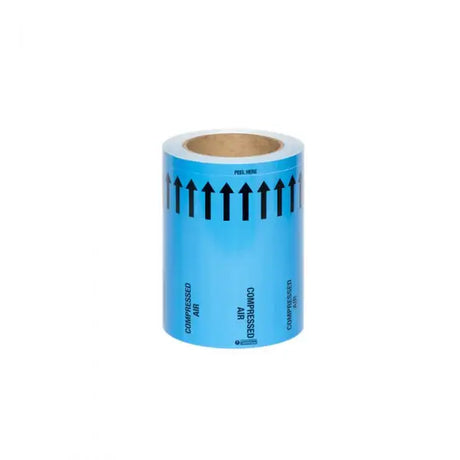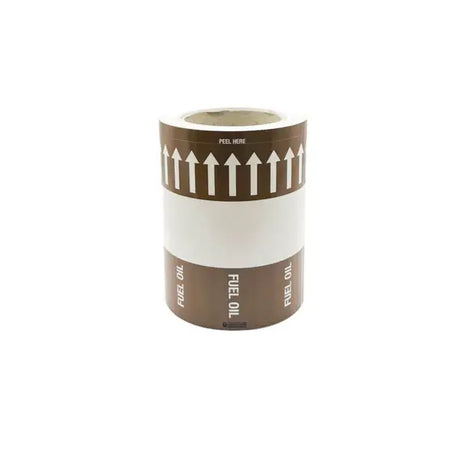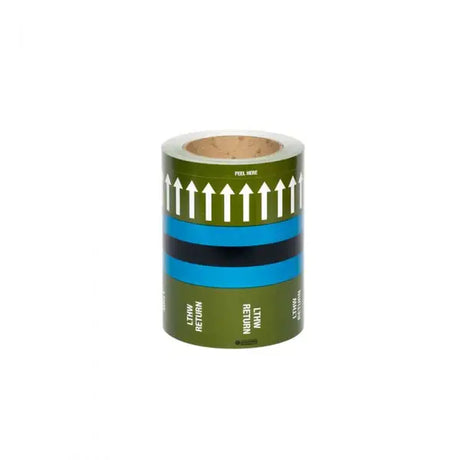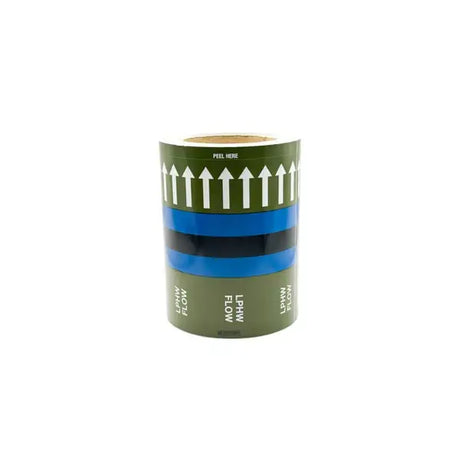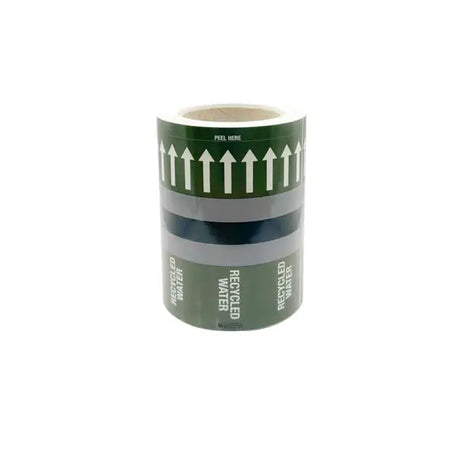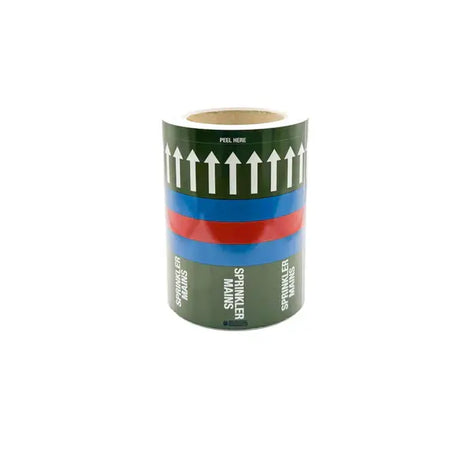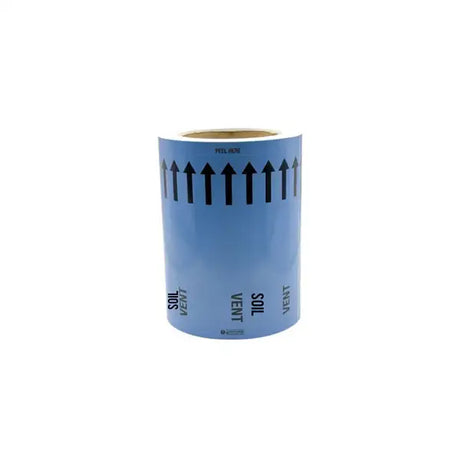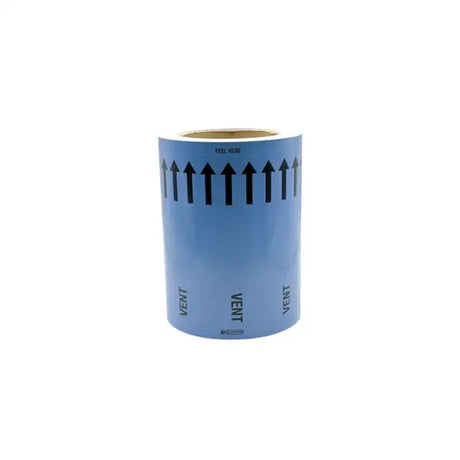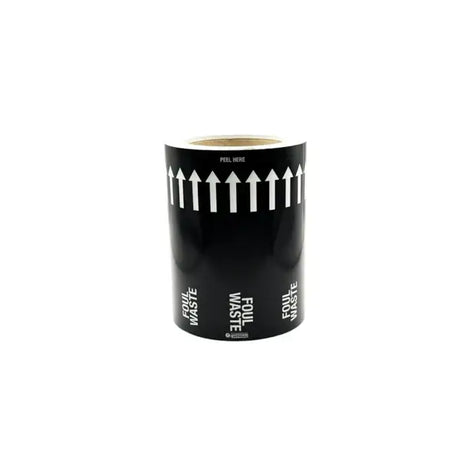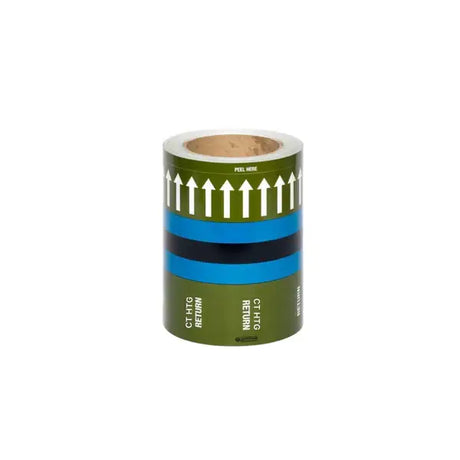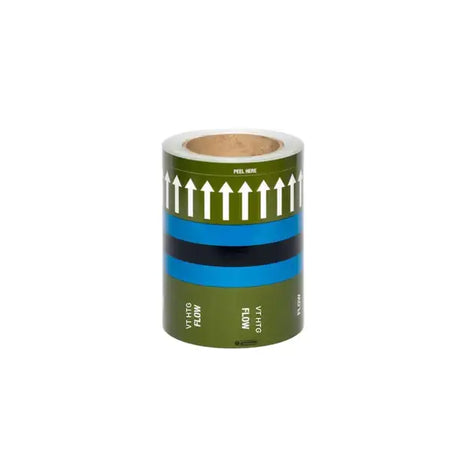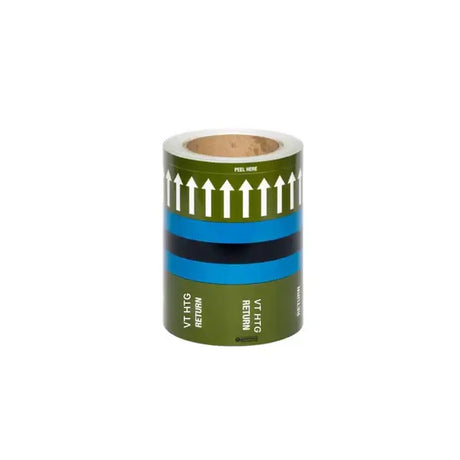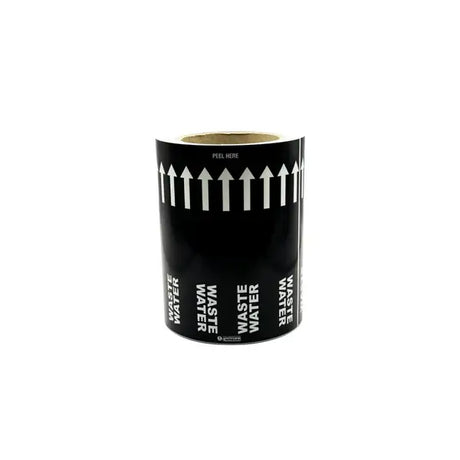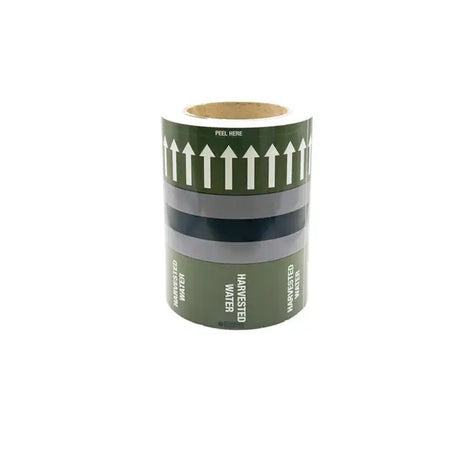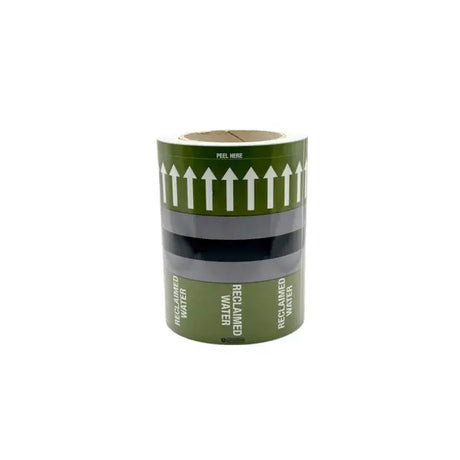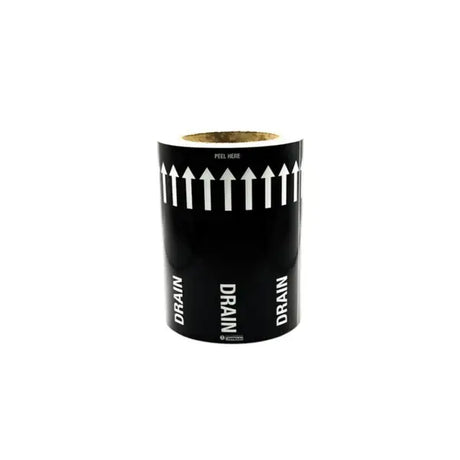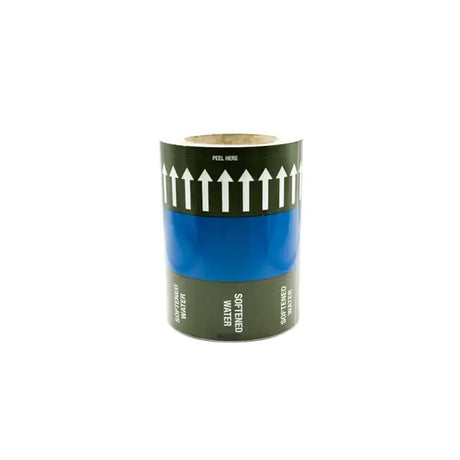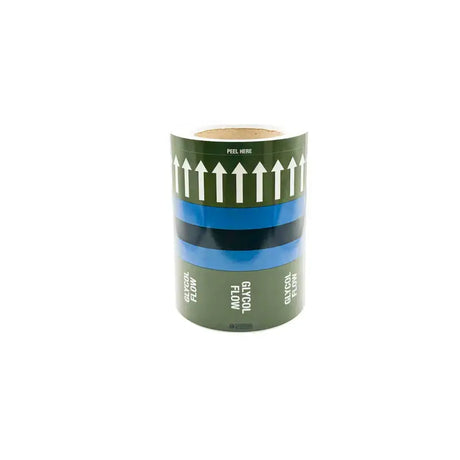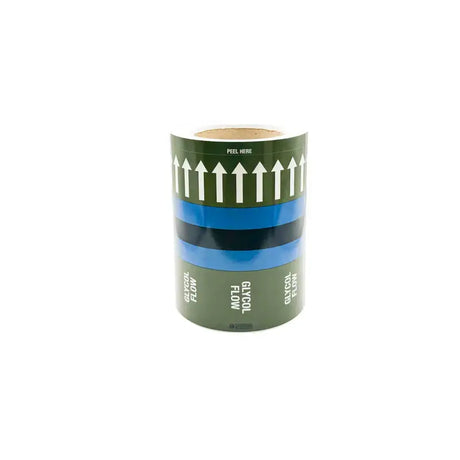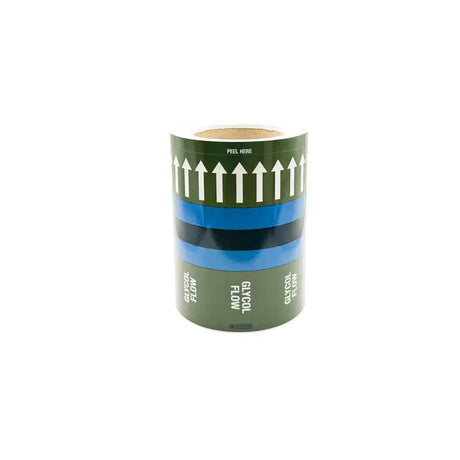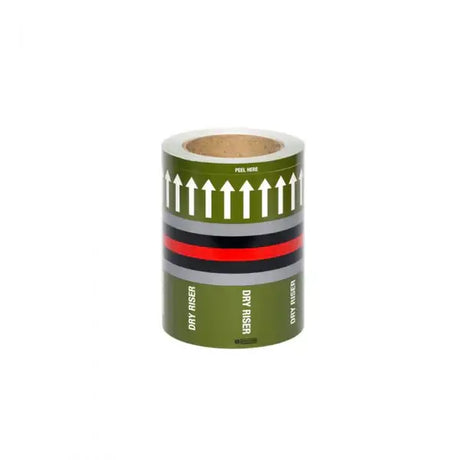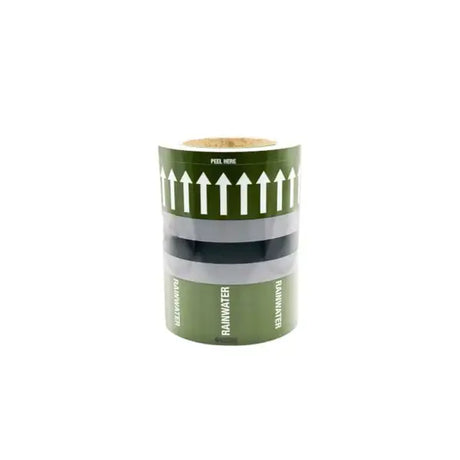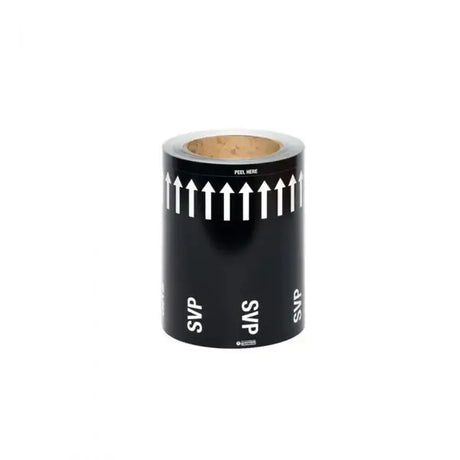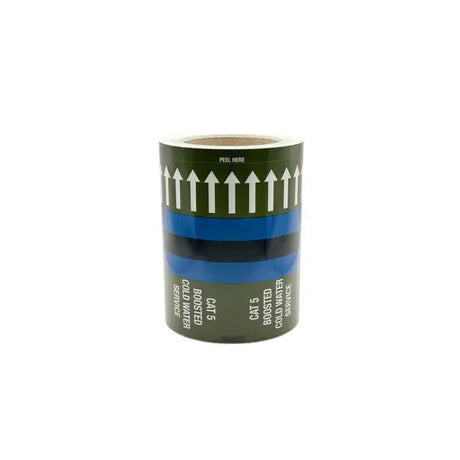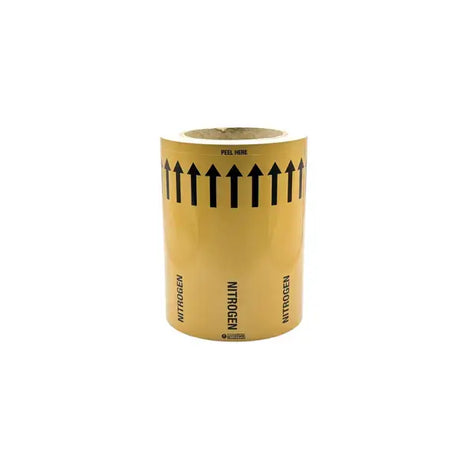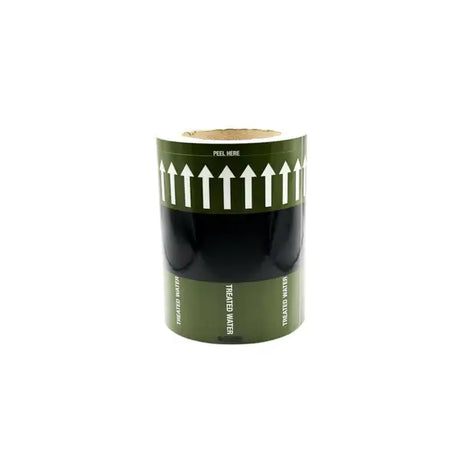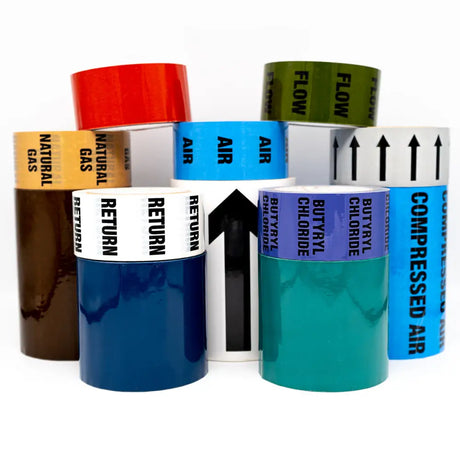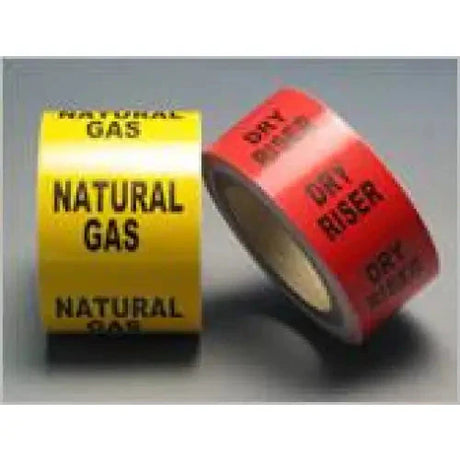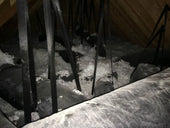Have you thought about the role of EPDM foam insulation in building? It's both lightweight and has excellent thermal insulation properties. This makes buildings more energy-efficient. EPDM foam's closed-cell structure also makes it strong against the UK's weather.
EPDM insulation works well across temperatures from -65°F to 250°F. It's not just heat resistant; it also fights off ozone and UV rays. Its resilience means it stays strong under stress, keeping its original form well12.
EPDM foam is used in cars, on roofs, and even on boats, showing its versatility. It's also GREENGUARD Gold certified, meaning it's safe for indoor air and emits low levels of chemicals2. This confirms it meets the growing demands for sustainable materials1.
Key Takeaways:
- EPDM foam insulation excels in efficiency, offering superior thermal and energy-saving properties.
- The lightweight nature and closed-cell structure of EPDM insulation make it a versatile option for a myriad of applications.
- Durability in weather-resistant insulation ranks high for EPDM, thanks to its resilience to UV radiation and ozone exposure.
- Eco-friendliness is at the forefront of EPDM foam's benefits, with low VOC emissions and compliance with environmental standards.
- EPDM's soundproofing insulation capabilities contribute to its widespread use in industries requiring acoustic management.
- EPDM foam insulation's adaptability ensures its relevance and application in future-focused construction practices.
Understanding EPDM Foam Insulation and Its Properties
We start appreciating EPDM foam insulation by looking at its makeup and traits. These are key in multiple industries. EPDM rubber is the main element. It benefits from the special qualities of ethylene propylene diene monomer. This makes it strong and versatile, unlike other materials.
What is EPDM Foam Insulation?
EPDM foam insulation is made from synthetic EPDM rubber. It's used in both commercial and industrial settings. This insulation combines closed-cell foam with EPDM rubber’s durability. It's ideal for controlling temperature and saving energy.
Key Features of EPDM Rubber
EPDM rubber is known for its high diene content, which is about 2-12%3. It's used for weatherproof seals in cars and buildings. The density of the foam it makes varies. This means EPDM can be tailored for specific insulating jobs, showing its flexibility.
Resilience Under Temperature Extremes
EPDM stands out for resisting heat, light, and ozone better than some other rubbers3. It's made to handle extreme climates. EPDM insulation can cope with highs of 150°C and lows of -40°C3. This makes it essential in plants needing thermal insulation and in cars.
There's solid proof of its ability to handle temperature extremes. For example, EPDM is used in car seals, rubber roofs, and even on solar panels3. Its ability to endure different weather without wearing out makes it a top choice for insulation. This durability doesn’t just show the material’s effectiveness but also its role in eco-friendly innovations.
An Overview of EPDM Insulation Applications
EPDM insulation is highly valued in many areas because of its strength. It's perfect for use in extreme weather and high or low temperatures. This makes EPDM a top choice for various settings.
Commercial and Industrial Uses
EPDM meets the needs of commercial and industrial insulation well. It's better than other rubbers like natural rubber due to its strong polymer structure. This structure means it can withstand heat, light, and ozone.
EPDM's ability to handle temperatures up to 150°C is crucial for industries. It's also durable outside for a long time without breaking down. Its use in roofing, seals, and electrical insulation shows its importance in commercial and industrial areas.
EPDM rubber consists of saturated polymer backbones, providing superior resistance to heat, light, and ozone4.
EPDM in the Automotive Sector
In the auto industry, EPDM is key for making door seals and wiper blades. It stays flexible even at -40°C. This quality helps keep vehicles safe in extreme weather.
EPDM is chosen for parts that face tough conditions, showing its reliability. Its use in water pumps and radiator components underlines the trust the automotive industry has in it.
EPDM is used in various automotive applications for door seals, window seals, and hoses, signifying its importance within the sector4.
https://www.youtube.com/watch?v=YsgER3ViQzM
Why EPDM is Ideal for Outdoor Usage
Using EPDM outdoors is effective because it stands up to the elements. Its long-lasting nature and resistance to UV and temperature changes make it ideal. The development of coloured EPDM granules for non-slip surfaces in playgrounds is a clever use of this material.
Coloured EPDM granules are mixed with polyurethane binders to create durable and safe surfaces for outdoor application4.
EPDM insulation is invaluable for insulating industrial areas, protecting vehicles, and safety in playgrounds. It's a testament to its versatility and reliability in meeting modern infrastructure needs.
Comparative Analysis: EPDM Versus NBR/PVC Insulation Materials
In the world of insulation, EPDM and NBR/PVC are often compared. NBR/PVC is known for its mix of nitrile rubber and PVC. It's popular in industries for its cost-effectiveness and versatility. EPDM, on the other hand, is celebrated for its weather resistance and UV stability. We aim to give a clear comparison of their chemical polarity, thermal conductivity, and outside condition resistance.
Chemical Polarity and Water Interactions
EPDM insulation doesn't mix with water due to its non-polar nature. It resists water and various chemicals like acids and alkalis well. This makes it durable in damp conditions. NBR/PVC insulation, containing PVC, is more polar. It might not perform as well in very humid places or when exposed to certain chemicals for a long time.
Thermal Conductivity and Insulation Efficiency
How well insulation works depends on its thermal conductivity. EPDM insulation works across a wide temperature range, from -25°C to +110°C5. It keeps insulation consistent over many temperatures. NBR/PVC insulation also works in different temperatures. The details change based on how it's made and its thickness. Useful thicknesses include 1.5mm, 3mm, 6mm, and 10mm5. Data shows this market is growing, with HVAC systems taking over 21% of the flexible elastomeric foam industry in 20216.
Highlighting thermal insulation's role is crucial as the market grows. This underlines the importance of these materials' performance.
Weather and UV Resistance Differences
Weather resistance is key, and EPDM insulation shines here. It stands up well to UV rays, ozone, and weather changes. This makes it great for outside use. NBR/PVC insulation is not as good with UV rays or long-term outdoor use. The material could break down quicker. Understanding these differences helps in choosing the right material for certain outdoor jobs.
| Property | EPDM Insulation | NBR/PVC Insulation |
|---|---|---|
| Chemical Polarity | Non-polar | Polar due to PVC |
| Water Interactions | High resistance | Moderately resistance |
| Thermal Conductivity | Low, efficient across -25°C to +110°C5 | Varies with formulation, efficient within standard thickness range5 |
| Weather Resistance | Excellent, suitable for exterior applications | Good with limitations under UV exposure |
| UV Resistance | Superior | Lesser |
Both EPDM and NBR/PVC insulations meet various industry needs. Yet, comparing chemical polarity, thermal conductivity, and UV and weather resistance is key. This helps in choosing the right material for specific tasks. It also keeps us in step with industry advancements and demands.
The Significance of Thermal Insulation in Energy Efficiency
Saving energy is more important than ever. Thermal insulation plays a big part in making energy use efficient. With growing energy needs and the need to reduce environmental harm, insulation helps cut down energy use in many areas.
Impact of Insulation on Energy Consumption
Good thermal insulation is key in reducing the energy needed to heat or cool buildings. It acts as a barrier against heat loss or gain. This means less energy is wasted. This is important because the automotive sector uses a lot of oil, a major part of global oil production7. Polypropylene (PP) foams are a big step forward in insulation technology7. Adding nanoparticles to these materials improves their structure, making insulation even better7.
Enhancing polymers like PP with supercritical carbon dioxide changes their foaming behaviour. This makes their insulation abilities better7. The β-phase of PP, for instance, makes it tougher and more durable7. Since making buildings draught-proof can cut air leakage by half, using PP foams could greatly reduce energy use. This brings environmental and economic benefits8.
Cost-Benefit Ratio of Implementing Insulation Solutions
Analysing the costs and benefits of insulation shows why it's worth it. Spending on quality insulation materials like PP foam or EPDM-rubber saves money on energy in the long run. For different climates, EPDM-rubber insulation is made in various thicknesses, making the choice of insulation critical for best efficiency9. In cooler areas, like lofts or garages, using thicker insulation improves energy efficiency9.
But insulation isn't just about efficiency. The longevity and safety of materials are also important. For example, Class-O black rubber insulation is safer and lasts longer than other types9. Making sure joints are sealed right stops moisture getting in, keeping the insulation working well and lasting long9. So, when choosing insulation materials, thinking about long-term benefits and safety is key. This ensures good value for money and effective energy use.
| Material | Thermal Properties | Application | Longevity |
|---|---|---|---|
| PP Foam | 37.1 mW/m•K thermal insulation performance7 | Automotive, Building | Long-lasting with various crystalline forms7 |
| EPDM-Rubber | Wall thicknesses of 13, 19, or 25mm9 | Outdoor, Industrial Pipe Lagging | Durable and less combustible than alternatives9 |
| Traditional Timber | Reduces air leakage by up to 50%8 | Windows and Doors | Greater durability than modern softwoods8 |
EPDM Foam Insulation for Sustainable Building Practices
The shift towards sustainable building practices is key in today's construction sector. EPDM foam insulation is crucial for green building, merging performance with care for the environment. About 40 percent of landfill waste comes from construction, with a big part from roofing materials10. Using EPDM foam insulation helps tackle this issue by being both durable and eco-friendly.
Thanks to recycling, around 5 million square feet of used EPDM roofing has been reused in the last three years10. This effort cuts waste and shows how EPDM insulation can last longer. Companies have made EPDM recycling popular in the U.S. and Canada10. Plus, firms report saving 30 percent on roofing costs by recycling EPDM materials10.
| Material Property | EPDM Foam Insulation | Environmental Benefit |
|---|---|---|
| Hardness Range | 30-90 Shore A4 | Flexible Application |
| Service Temperature | -50 °C to 150 °C4 | Energy Efficiency |
| Resistance to Heat | Superior4 | Longevity and Durability |
| Recycling Rate | Nearly 5 million square feet (recent 3 years)10 | Reduces Landfill Waste |
| Cost Savings in Construction | Up to 30%10 | Economic Efficiency |
EPDM foam insulation is adaptable, thanks to its flexible density and high elasticity after breaking4. It can handle a wide range of temperatures, important for saving energy4. This makes it fit for many sustainable projects.
"EPDM's tolerance for up to 150 °C and its durability outdoors make it ideal for green buildings. It leads to fewer replacements and a smaller environmental impact over time."4
As an eco-friendly insulator, EPDM helps achieve green building goals, promoting conservation and responsibility. It's used in various ways, enhancing its value for green construction4. Its wide use in vehicles and appliances also shows its recyclable and sustainable nature4. EPDM is key in pushing construction towards a greener future.
Installing EPDM Foam Insulation: Techniques and Tips
For EPDM foam insulation to work well, it's vital to install it properly. This means preparing the surface, choosing the right adhesive, and keeping up with maintenance.

Preparing Surfaces for Optimal Adhesion
Getting the surface ready is key to making sure the insulation sticks properly. You need to clean off dust and debris. Then, apply a primer to make the adhesive work better. It's also necessary to get approval if you're insulating more than half a room's walls11.
Selection of Adhesives for Durable Bonding
Picking the right adhesive helps your insulation last longer and stand up to weather. Brands like Celotex and Kingspan have adhesives designed for this. When used correctly, you don't need battens, just cover 20% of the board surface11. For a really strong fit, use about six fixings per board11. You should also put vertical battens 600mm apart and add horizontal ones at the top, bottom, and around openings11. Screws go in every 300mm, but closer around doors and windows for extra security11.
Maintenance and Repair of EPDM Foam Insulation
Keeping your insulation in good shape means checking it regularly. Look for any gaps or issues early on. You should leave a 15mm gap at the bottom of the boards for sealing11. This helps your insulation last longer. If you spot damage, get it fixed right away by someone who knows what they're doing. This keeps your insulation working well and staying strong.
EPDM Foam Insulation as a Soundproofing Solution
EPDM foam insulation is now seen as a top choice for soundproofing. It makes our sound environment better. Architects and builders like it for modern buildings.
Acoustic Properties of EPDM Foam
EPDM foam is special because it soaks up sound well. It's an affordable option that keeps noise down without losing quality12. This material is also great at softening impacts12. Plus, it can handle ozone, heat12, and electric shocks. This makes it great for soundproofing.
Integration of EPDM Foam in Soundproofing Projects
Using EPDM foam in soundproofing looks at many parts of building. It keeps its shape well after treatment12. This is key for keeping soundproofing effective over time. It's also light and easy to use13. This helps when fitting it into complex spots.
EPDM foam is better for the planet than neoprene, used in many diving suits12. The gases it uses don't hurt the environment12. It’s easy to work with and lasts a long time. Important for reliable soundproofing.
More and more, people are choosing bio-EPDM foam12. Data shows a lot of interest in it. With soundproofing so important in buildings, EPDM's unique features are very valuable. They help make places quiet and effective for work.
EPDM Foam Insulation Products and Suppliers
EPDM foam insulation is widely used because it works well from -65°F to 250°F1. You can choose the perfect EPDM foam by its density14. Companies like Armacell make EPDM foam better by adding Microban®. This helps stop mould and mildew from growing1. These products are also eco-friendly. They have a GREENGUARD Gold Certification. This means they have low emissions that harm the air1.
Choosing the right foam insulation means understanding how different materials work. EPDM foam is good because it withstands heat, ozone, and sun damage1. It’s also strong and resists getting old or worn out1. NBR foam is different because it can handle oil and fuel and stays stable in cold1. With so many types, you can find one that meets your needs.
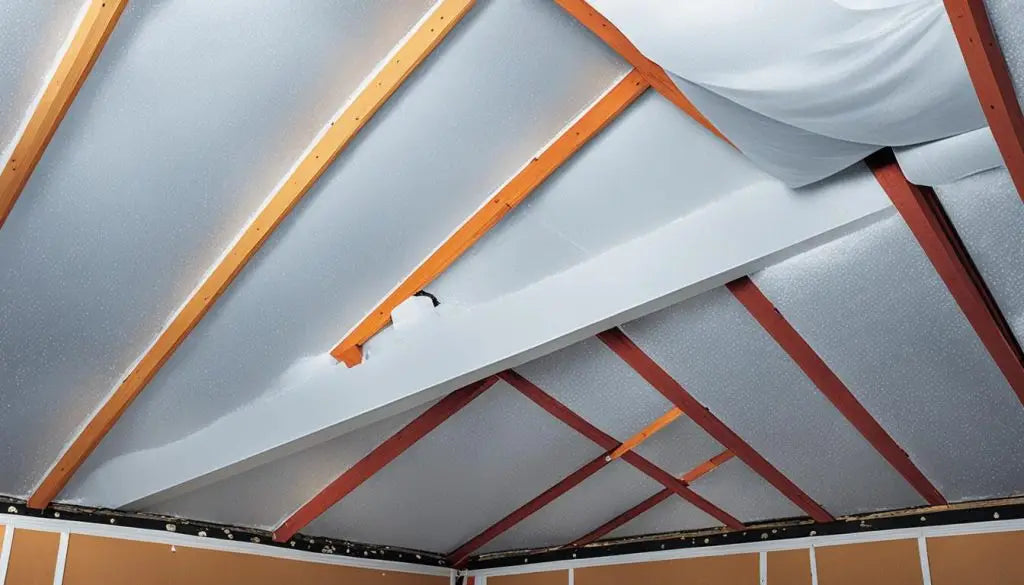
Cellular EPDM is made light and airy by adding gases during its making14. You can get it in open or closed cell forms. Open cell EPDM is great for blocking noise14. Meanwhile, closed cell EPDM doesn’t let in much moisture, less than 5%14. This makes it great for protecting against wetness and leaks.
| Feature | Advantage |
|---|---|
| Wide operating temperature range | Suitable for extreme environments114 |
| Low smoke density | Enhanced safety in case of fire1 |
| Antimicrobial additive (Microban®) | Protection against mould and mildew1 |
| Low VOC emissions (GREENGUARD Gold Certified) | Environmentally friendly1 |
Buyers should look for reliable suppliers with detailed info and certifications for their products. It’s important that these insulations perform well and meet environmental and health standards1. The demand for eco-friendly building materials is rising.
For any project, industrial or commercial, there’s an EPDM foam insulation that fits. By working with reputable suppliers, you can get quality, eco-friendly, and reliable products. These can meet a wide range of needs and project details.
Conclusion
In short, EPDM foam insulation has many benefits for various industries. It's a top choice for thermal and sound proofing. Plus, it helps fight global warming, which is a big problem today15. It's also very strong and flexible, making it great for outdoor use like in sports and cars1215.
New improvements have made bio-EPDM foams even better12. These changes help the environment by reducing harm to the planet. It shows a big move towards making products that are better for the earth12. More people want better insulation for sports and fun activities, so the future looks good for EPDM foam insulation12.
EPDM foam insulation stands out because it combines the latest science with a care for the environment. Researchers are looking for ways to make it even more eco-friendly1215. EPDM foam insulation is not just any product. It's a key part of solving today's insulation challenges.
FAQ
What is EPDM foam insulation?
EPDM foam insulation is made from EPDM rubber. It offers great thermal insulation. It also has a closed-cell foam structure.
What are the key features of EPDM rubber?
EPDM rubber has a closed-cell foam structure. It insulates well. It stays resilient even under extreme temperatures.
Where is EPDM insulation commonly used?
EPDM insulation is used in commercial and industrial areas. Cars use it for insulation too.
Why is EPDM insulation considered ideal for outdoor usage?
It's perfect for outdoor use because it resists weather well. It also stands up to harsh environmental conditions.
What are the differences between EPDM and NBR/PVC insulation materials?
EPDM differs from NBR/PVC in several ways. It has different chemical polarity and interaction with water. It also varies in thermal conductivity, insulation efficiency, and resistance to weather and UV.
How does insulation impact energy consumption?
Insulation cuts down energy losses. This boosts energy efficiency in buildings and facilities, cutting energy use.
What is the cost-benefit ratio of implementing insulation solutions?
Insulation offers long-term savings. It gives a good return on investment by cutting energy costs and boosting efficiency.
How does EPDM foam insulation contribute to sustainable building practices?
EPDM foam insulation is environmentally friendly. It has a small environmental footprint. It supports energy-efficient and green building, making it great for sustainable construction.
What techniques and tips are there for installing EPDM foam insulation?
To install EPDM foam insulation properly, prepare surfaces for good adhesion. Choose the right adhesives for strong bonding. Also, carry out regular maintenance and repairs.
How does EPDM foam insulation work as a soundproofing solution?
EPDM foam insulation absorbs and dampens sound well. This makes it great for reducing noise and improving acoustic comfort.
Where can I find EPDM foam insulation products and reputable suppliers?
You can find EPDM foam insulation from trusted suppliers. Look at local building material suppliers or online for product and supplier information.
Source Links
- https://www.armacell.us/en/blog/post/what-is-the-difference-between-nbrpvc-and-epdm-insulation/
- https://www.huameiworld.com/news/understanding-epdm-foam-properties-applications-and-benefits.html
- https://www.wikipedia.org/wiki/EPDM_rubber
- https://en.wikipedia.org/wiki/EPDM_rubber
- https://www.par-group.co.uk/sealing-and-jointing/rubber-sheeting/nitrile-rubber-sheeting-blue-food-quality/
- https://www.industryarc.com/Research/Flexible-Elastomeric-Foam-Market-Research-510214
- https://www.sciencedirect.com/science/article/abs/pii/S0141391020303359
- https://historicengland.org.uk/images-books/publications/eehb-draught-proofing-windows-doors/heag084-draughtproofing/
- https://forum.ovoenergy.com/my-smart-home-138/heat-pump-pipe-insulation-energy-efficiency-starts-with-the-pipes-9477/index2.html
- https://www.buildingenclosureonline.com/articles/82423-epdm-roof-recycling
- https://www.roofingsuperstore.co.uk/help-and-advice/project-guides/loft-insulation/how-to-install-insulation-boards/
- https://fashionandtextiles.springeropen.com/articles/10.1186/s40691-019-0178-0
- https://www.intecfoams.co.uk/foam-applications/the-best-foam-for-soundproofing-applications
- https://www.rubbercal.com/sheet-rubber/what-is-epdm-foam/
- https://www.mdpi.com/2073-4360/14/19/4058

